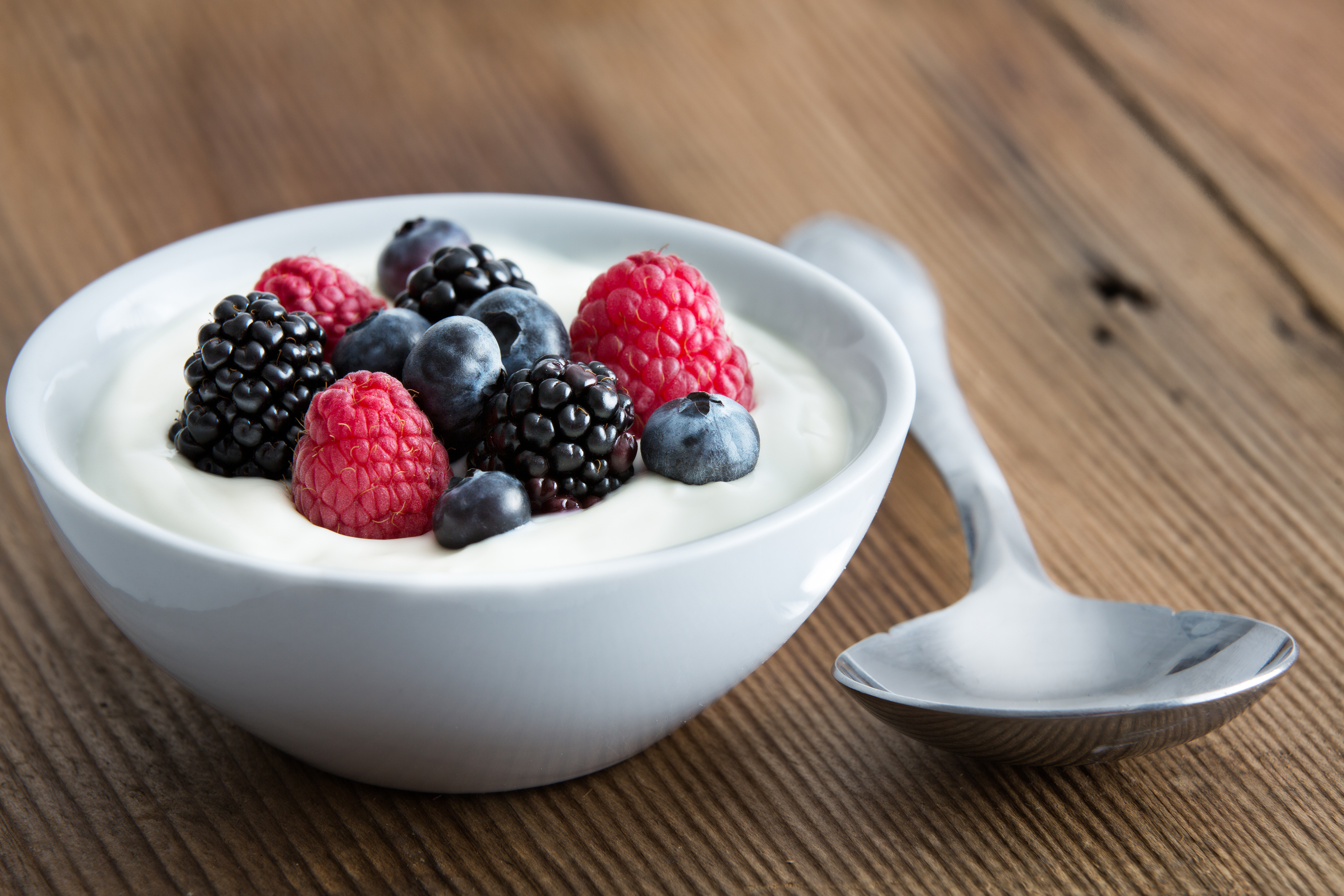Did you know that half of the cells you carry around in your body are not actually your own human cells, but those belonging to various kinds of bacteria?
Around 30-40 trillion bacteria (yes that’s right, I said trillion) lead a happy life in various locations around your body, predominantly in the gut. The gut microbial flora consists of a multitude of bacterial species, all with different characteristics and abilities. Here, we’ll take a closer look at what these bacteria are really up to in your tummy and why you can’t just go and get rid of them!
In the last few years the role of bacteria living in your body, and the gut in particular, has been extensively studied and shown to immensely influence your well-being. As such, the state of your gut’s microbial flora has been linked to everything; from cancer and obesity to one’s mental health. Most of your gut bacteria reside in the large intestine; the main task of these mini caretakers is to help with the digestion of what you eat throughout the day. Various bacterial species can break down food constituents in differing ways, and it is in this process that a lot of new micro-substances are generated – these substances can be anything from the nutrients we need to keep our own cells happy to molecules that are actually toxic to us. They can affect the local intestinal environment or, alternatively, travel long distances within the blood to impact upon different parts of the body, for example in the brain.
In a healthy state, your gut contains a diverse range of bacteria, which together perform the daily maintenance tasks; such as ensuring a healthy environment in the gut, providing the body with nutrients and fending off potentially harmful bacteria with the help of the immune system. These are peaceful times, when your tummy is quietly going about its business and you rarely need to pay attention to its behaviour. However, this serene intestinal landscape can easily be disturbed. Different interactions – such as changes in your diet, exercise, alcohol consumption or a heavy course of antibiotics – can favour the growth of certain types of bacteria, reducing the diversity and shifting the balance of substances generated during digestion. Such changes, in turn, can initiate and progress the development of various diseases, including colorectal cancer, type 2 diabetes, obesity and psychological disorders such as depression and schizophrenia. The state of the intestinal flora has also been linked to neurological development during childhood and adolescence, and may be the answer to your rebel behaviour as a teenager.
So how do you take care of these important little housekeepers in your tummy and keep them happy? As mentioned, the well-being of the gut flora is tightly connected to the physiological function of the large intestine and its processing of the foods we consume – what you eat determines the environment for your inner bacterial wizards. For example, eating an abundance of meat causes excess indigested protein to reach the large intestine, starting a chemical process known as protein putrefaction. When certain bacteria break down protein remnants, toxic compounds are created which damage the intestinal lining. Instead of all that meat, as you have undoubtedly heard a thousand times, what you should eat is wholegrain and fibre. Dietary fibre is difficult to digest, meaning it makes it all the way to the large intestine before your fibre fermenters get to work. This produces large amounts of butyrate, which is an important source of energy for the intestinal cells. Butyrate acts like sweets for these cells, keeping them happy and functional. In contrast, easily digested, refined carbohydrates are instead rapidly converted to glucose and absorbed in the small intestine, resulting in a lack of ‘sweets’ to keep the cells in the large intestine happy.
This is where the yoghurt comes in. Consuming probiotics (products containing live and beneficial bacteria) has been shown to increase the bacterial diversity in the gut, antagonising any harmful changes to the local environment. The effect of this has been shown in studies which link yoghurt consumption to a reduction in the rates of both depression and cancer. Other foods that contain probiotics include fermented vegetables, such as kimchi and sauerkraut, and real sourdough bread. This is very convenient for those who gravitate towards fashionable food – you can justify eating some of today’s biggest food fads while giving your inner bacteria a boost at the same time!
D.I.Y. yoghurt recipe
4 tbsp. yoghurt, containing live bacterial culture
2 pints milk, fat content according to preference
In a big pot, heat the milk to almost boiling (94-95°C), then take it off the heat and leave it to cool to about 44-46°C. Once cooled, gently mix a small part of the milk with your yoghurt culture, then add it all back to the remaining milk. Your yoghurt then needs to rest overnight in a warm place, preferably 40-50°C. The easiest way to do this is to pre-heat the oven to about 50°C, then switch it off and place your lidded pot of milk inside. Leave the pot overnight, do not stir, and in the morning, it should have thickened significantly and your yoghurt is ready to enjoy for breakfast!
When you are about to finish the yoghurt, you can use 4 tbsp. of this batch to make your next batch, much like keeping a sourdough. Make sure all the equipment you are using is well cleaned to avoid introducing any unwanted bacteria into the culture.
Louise Müller
(Image courtesy of www.askdoctork.com)

